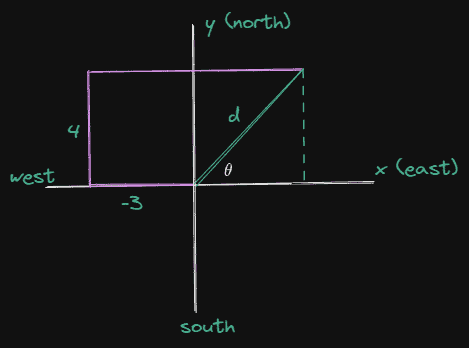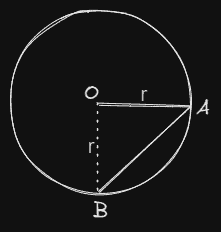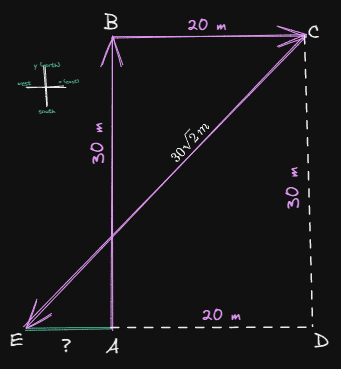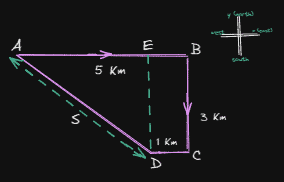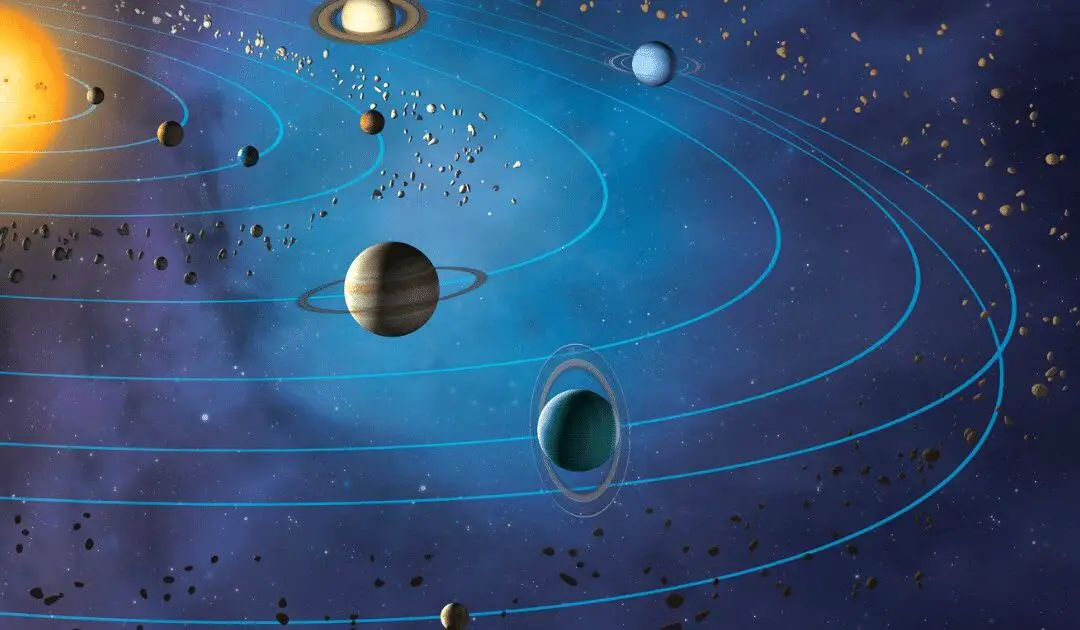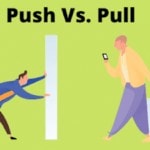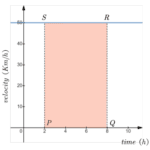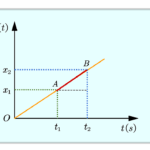In physics, displacement and distance are two crucial concepts. We’ll put your knowledge to the test today with this quiz on displacement and distance. You can test your understanding of distance, and displacement by taking the quiz below. Try it out to see how well you do.
Distance and displacement are the only topics that are used in the questions on this quiz. But students should already know about right-angle triangles and Pythagoras’ theorem, which is used to figure out displacement.
Distance and displacement questions
Question 1
A particle travels along a curved path between two points $P$ and $Q$ as shown:
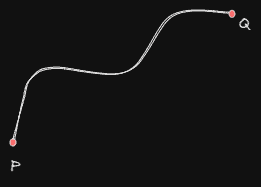
The displacement of the particle does not depend on
(a) the location of $P$ and $Q$
(b) the choice of origin
(c) the direction of $Q$ from $P$
(d) the length of the line joining $P$ and $Q$
Question 2
The displacement of a moving object in a given interval of time is zero. Would the distance traveled by the object also be zero?
(a) yes
(b) No
(c) depends on the situation
(d) None of the above
Question 3
What is the total displacement of a student who walks 4 blocks east, 2 blocks north, 3 blocks west and then 2 blocks south?
(a) 2 blocks east
(b) 2 blocks west
(c) 1 block west
(d) 1 block east
Question 4
A body moves on three-quarters of a circle of radius $r$. The displacement and distance traveled by it are :
(a) displacement $=r$, distance $=3r$
(b) displacement $=\sqrt{2r}$, distance $=\frac{3\pi r}{2}$
(c) distance $=2r$, displacement $=\frac{3\pi r}{2}$
(d) displacement $=0$, distance $=\frac{3\pi r}{2}$
Question 5
Which of the following is not a vector
(a) displacement
(b) distance
(c) acceleration
(d) velocity
Question 6
The SI unit of displacement is
(a) meter
(b) centimeter
(c) kilometer
(d) none of these
Question 7
For any object in motion, distance is always ……………… displacement.
(a) less than or equal to
(b) greater than and equal to
(c) equal to
(d) less than
Question 8
The motion of a car in the northeast direction for 100 miles tells us about?
(a) distance
(b) displacement
(c) speed
(d) velocity
Question 9
Distance is a …………. quantity.
(a) scalar
(b) vector
(c) negative
(d) none of these
Question 10
Which of the following values can be displacement?
(a) positive
(b) negative
(c) zero
(d) all of these
Question 11
A person moves 30 m north and 20 m towards the east and finally $30\sqrt 2 \, m$ in the south-west direction. The displacement of the person from the origin will be
(a) 10 m along North
(b) 10 m along South
(c) 10 m along West
(d) zero
Question 12 A particle is moving along the x-axis whose position is varying with time according to relation $x=-3t+t^3$ where $x$ is in meters and $t$ is in seconds. The displacement of particle for $t=1\, s$ to $t=3\,s$ is
(a) $+16m$
(b) $-16m$
(c) $+20m$
(d) $-20m$
Question 13 A girl delivering newspapers covers her route by traveling 3.00 blocks west, 4.00 blocks north, and then 6.00 blocks east.
(i) What is her resultant displacement?
(a)$-13.00\;\; blocks$ at $51.1^0$ counterclockwise of East
(b) $-5.00\;\; blocks$ $53.1^0$ clockwise of East
(c) $5.00\;\; blocks$ $53.1^0$ counterclockwise of East
(d) $13.00\;\;blocks$ $51.1^0$ counterclockwise of East
(ii) What is the total distance she travels?
(a)$-13.00\;\; blocks$
(b) $-5.00\;\; blocks$
(c) $5.00\;\; blocks$
(d) $13.00\;\;blocks$
Question 14
Distance and displacement of a body when it moves half a circle of radius $r$ is
(a) $r,r$
(b) $\pi r, 2r$
(c) $2\pi r, r$
(d) $\pi r,0$
Question 15
A boat sailing through a river moved eastward for 5 km, then cross the river by moving 3 km southward. On reaching the other side it moved westward through 1 km and reached the jetty. The distance covered and displacement of the boat respectively is
(a) 9 Km, 4 Km
(b) 5 Km, 5 Km
(c) 9 Km, 5 Km
(d) 5 Km, 9 Km
Important points to remember
- The smallest distance that can be traveled between two positions determines the magnitude of the displacement. $distance\geq displacement$
- There can never be zero distance for a moving particle. However, a particle’s displacement can be zero, positive, or negative.
- Zero displacements indicate that, after motion, the particle has returned to its starting position.
- While displacement can decrease over time for a moving object, distance can never do so.
- When displacement lessens over time, the body is returning to its starting position.

